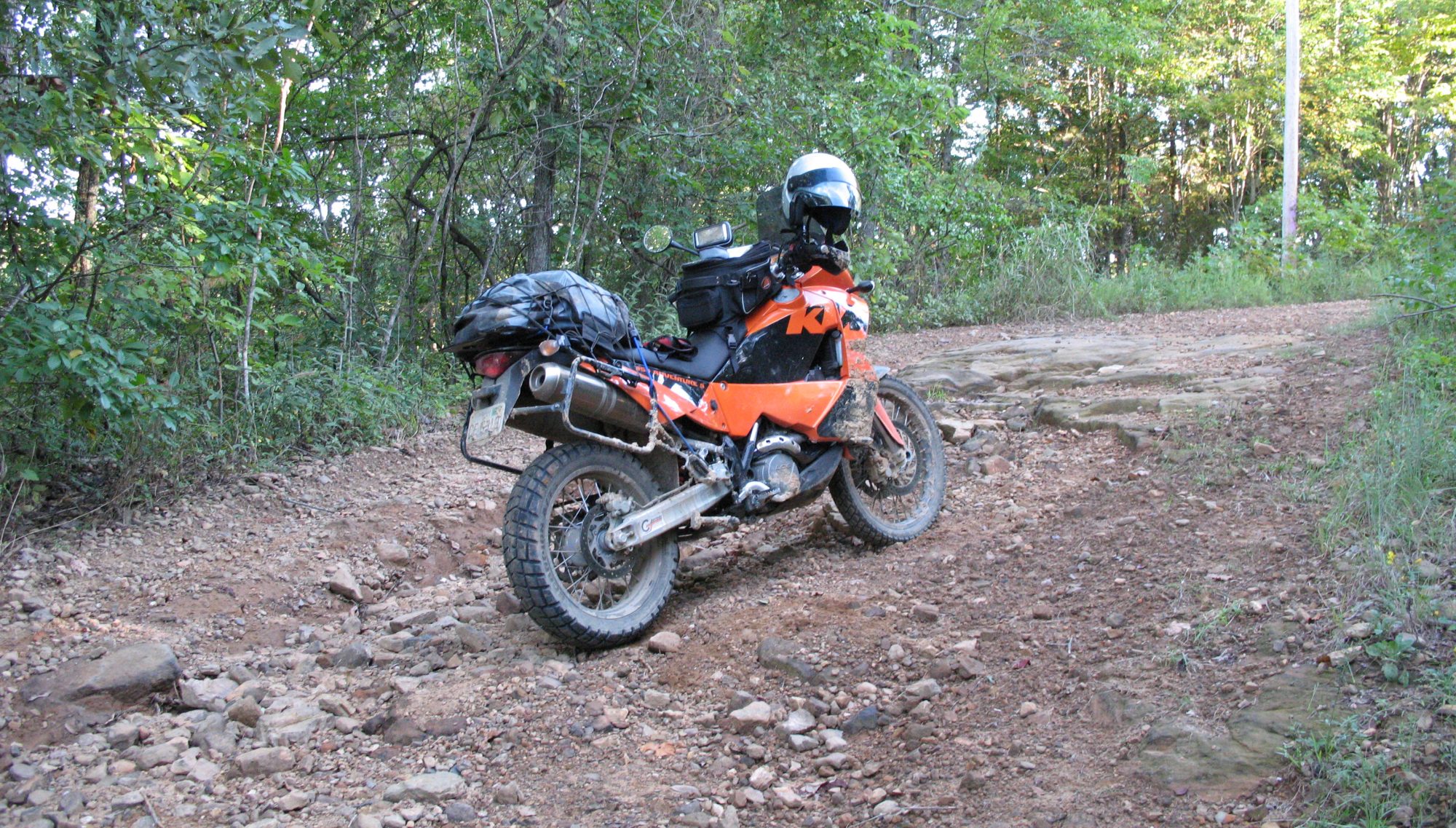We should now have camera(s), with a dedicated IP address and a gateway IP address that isn’t actually a gateway, and an updated username/password. The camera(s) should be connected using an ethernet cable to a POE switch, and the POE switch is connected to our router. The computer that will run Zoneminder is connected to the router using an ethernet cable.
The ZM documentation is very good and will help you to optimize the settings for your particular camera(s) and computer system resources. Follow the platform-specific installation steps in the User Guide to complete the initial installation.
Now let’s bring it all together. It’s best to start with a lower resolution and frame rate as it’s less taxing to the computer running Zoneminder. We can tweak the resolution and frame rates after we see how the system is performing. Be aware that the number of camera(s), the size of the detection zones, and the method of detection will affect the required system resources. Initially, we’ll use the “Monitor” configuration – this does not record video, it just allows Zoneminder to access the video streams. We’ll enable motion detection at a later time.
I’m going to be a little vague about the exact ZM setup, as the cameras you choose and the system that runs ZM will dictate a lot of the settings you use. The information you find in the ZM documentation and the ZM forums comes from people with a lot of knowledge and experience, and the forums are particularly helpful when you’re just getting the system up and running.
First, we need to get the cameras talking to ZM. On the Console page, we want to add a monitor. On the general page, you should give the monitor (camera) a name, and it is helpful for the name to be the location of the camera – something like “front door”, “garage”, “living room”, “patio door”, etc. The Source page is most easily populated by clicking ONVIF and letting ZM locate the ONVIF devices on the network. Select the one you want to use as monitor #1 – remember that we wrote down the IP addresses for the cameras as we set up the network information. You’ll need to set up the framerate and the resolution for the video stream to match the camera settings, so that ZM knows what to expect. Once this is done, the ZM console should report that the cameras is “Capturing”. Then by clicking on the camera’s name, you should see the video stream for that camera.
Then you simply add a monitor for each camera on your network. You can see them all at once on the Montage page.
